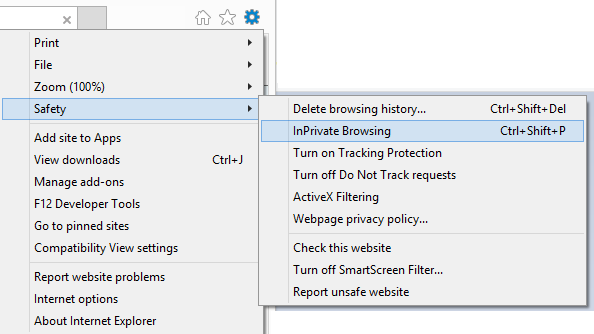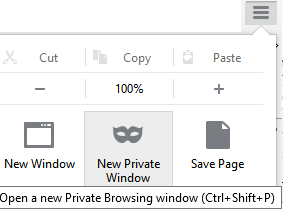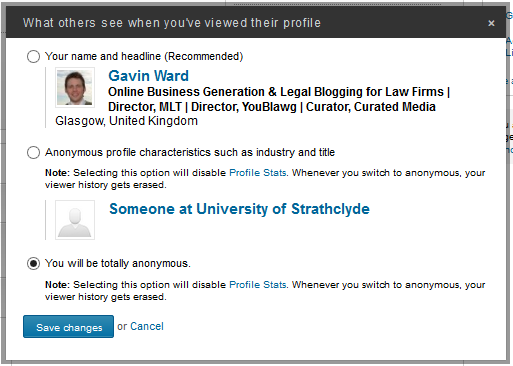 In my capacity as Operations Director at Moore Legal Technology I’ve been speaking to various family lawyers recently about all things online business. One discussion that came up recently was getting trainee/junior family law solicitors to do background research on the social media activities/profiles of partners of clients, particularly where it’s the partner of a client about to proceed with a divorce.
In my capacity as Operations Director at Moore Legal Technology I’ve been speaking to various family lawyers recently about all things online business. One discussion that came up recently was getting trainee/junior family law solicitors to do background research on the social media activities/profiles of partners of clients, particularly where it’s the partner of a client about to proceed with a divorce.
Serious Risk to Family Lawyer Reputation & Professionalism
When doing this on LinkedIn, if you are looking at someone else’s profile without the right privacy settings on, you could be alerting that person to the fact that their spouse has instructed a family lawyer to begin divorce proceedings. And this will not be good for either the client or your own reputation/professionalism and raise potential confidentiality breach issues. I’m sure this still happens all the time unknowingly with some family law practices, so to keep you absolutely right here’s the quick tip:
Turn on Private Browsing
Turn on private browsing before searching for or looking at any client’s spouse’s LinkedIn profile (which will have the same effect as logging out of LinkedIn). This differs depending on your browser:
1. For Internet Explorer
 To start InPrivate Browsing in Internet Explorer, click Settings > Safety > InPrivate Browsing. There’s also a keyboard shortcut (Ctrl+Shift+P) to launch it.
To start InPrivate Browsing in Internet Explorer, click Settings > Safety > InPrivate Browsing. There’s also a keyboard shortcut (Ctrl+Shift+P) to launch it.
Alternatively, right-click on the Internet Explorer taskbar icon and choose Start InPrivate Browsing.
2. For Firefox
To start your Mozilla Firefox browser in private browsing mode, click Settings > New Private Window. You can also use the keyboard shortcut Ctrl+Shift+P
Also you can right-click on the Firefox taskbar icon and choose New private window.
 3. For Chrome (Incognito Mode)
3. For Chrome (Incognito Mode)
To start in Google Chrome, click on the Chrome menu and choose New incognito window. The Chrome keyboard shortcut is Ctrl+Shift+N (or, again, you can right-click on the Chrome taskbar icon and select New incognito window.)
Other Options: Change LinkedIn Privacy Settings
Within LinkedIn itself to change your privacy settings so that the person can’t see who you are.
To do so you can click your avatar at the top right, choose ‘Privacy & Settings’, click Select what others see when you’ve viewed their profile, then click ‘You will be totally anonymous’ and save.
 BUT if you do this, bear in mind that for the purpose of business development and networking, your professional profile won’t show up to other professionals when browsing their profiles, which can always be a useful way of keeping you top-of-mind.
BUT if you do this, bear in mind that for the purpose of business development and networking, your professional profile won’t show up to other professionals when browsing their profiles, which can always be a useful way of keeping you top-of-mind.
While these options exist within LinkedIn, to be absolutely safe, private browsing and/or logging out of LinkedIn is the best approach.
Conclusions
This may well be common sense to many, but there’s a real risk that some of your family lawyers may not be tech-savvy enough to avoid embarrassment and professional reputation damage when searching within LinkedIn and showing up as having viewed a client’s spouse’s profile. So, from a professional practice perspective, get your and your colleagues’ private browsing switched on.
If you think there are more tech challenges that lawyers really need to overcome / be fully aware of from a professional practice point of view please do get in touch here, in the comments, or on Twitter.
PS for the observant readers amongst you I hope you like the LinkedIn logo mark re-working!


